High-performance liquid chromatography (HPLC) is an analytical technique which is used to identify, separate and even quantify a mixture’s components. This technique is irreplaceable in laboratories all around the world. It is the single biggest and most popular chromatography technique.
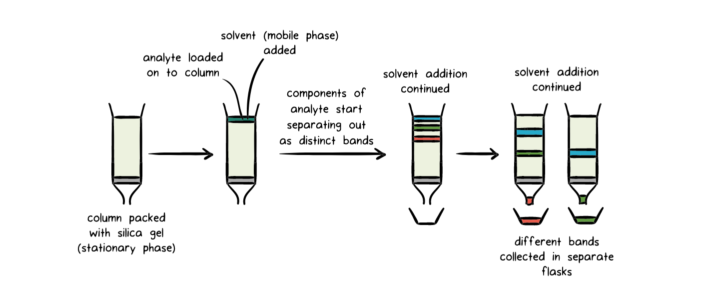
Source: https://www.khanacademy.org
HPLC is a type of column chromatography and works on the same principle. The main principle of column chromatography is the adsorption of the solutes in a solution through a stationary phase allowing the mixture to separate into its individual components. The adsorption is dependent upon on the affinity of the mobile and the stationary phase. The adsorbent or the stationary phase is mostly granular material made out of solid particles such as silica.
HPLC works in alignment with this principle. The sample mixture known as the analyte is pumped in a solvent. The solvent here is the mobile phase. The solvent moves through the stationary phase at high pressure. The stationary phase here is a column with chromatographic packing material. When the sample passes through the column it interacts with the two phases (stationary and mobile) at different rates. This difference arises because of the difference in polarities of the analytes. Analytes that interact with the stationary phase least or have maximum interaction with the mobile phase will exit the column faster.
HPLC is very versatile owing to the fact that it can separate, identify as well as quantify the components in a mixture. Owing to this versatile nature, this technique is widely used for a number of applications ranging from industrial to scientific.
How it works?
HPLC is an advanced form of column chromatography and works on the same principle. A solvent is pumped through a column at high pressure (up to 400 atm). HPLC is much better and faster compared to the simple column chromatography because of the pressure being used. High pressure allows smaller particles to be used as column packing material. Small particles provide a greater surface area for the stationary and mobile phase interactions which results in better separation.
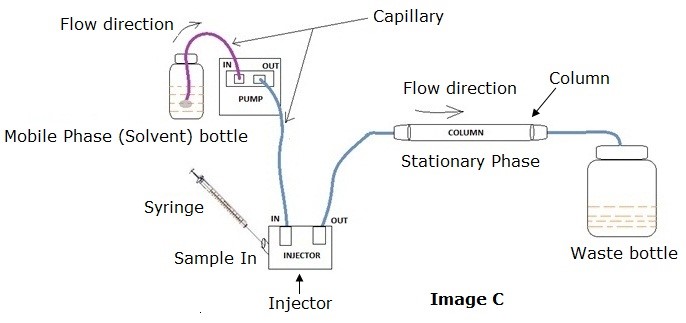
Source: http://2.bp.blogspot.com/
The mobile phase is often a solvent mixture of water, acetonitrile and/or methanol. The different components of the mixture interact at different rates with the absorbent particles. Because of this, we get different elution rates (the rate of removal or allows the separation of the different components of the mixture as they flow out the column. Compared to column chromatography, HPLC is highly automated and an extremely sensitive technique.
Types of HPLC
HPLC can be of different types depending upon the phase system (stationary). The two major types of HPLC are Normal phase HPLC and Reverse phase HPLC.
- Normal Phase HPLC (NP-HPLC)
The basis of separation in this method is the polarity of the phases. NP-HPLC utilizes the polar stationary phase and the non-polar mobile phase. The stationary phase is typically silica and the mobile phase maybe chloroform, diethyl ether, hexane or even a combination of it all. As a result of this, the polar samples get retained on the polar surface of the column packing or longer compared to the less polar materials.

- Reverse Phase HPLC (RP-HPLC)
In RP-HPLC, The stationary phase is non-polar and the mobile phase is a polar liquid. The principle of working here is the hydrophobic interactions of molecules. So here, the more non-polar material gets retained instead of the lesser non-polar one.

Instrumentation:
The HPLC instrumentation is made up of the following components: a pump, injector, column, detector and integrator and a display system. The column is where the actual separation takes place. Besides the above components, there is also a solvent reservoir present. This reservoir is often made up of glass and contains the mobile phase.
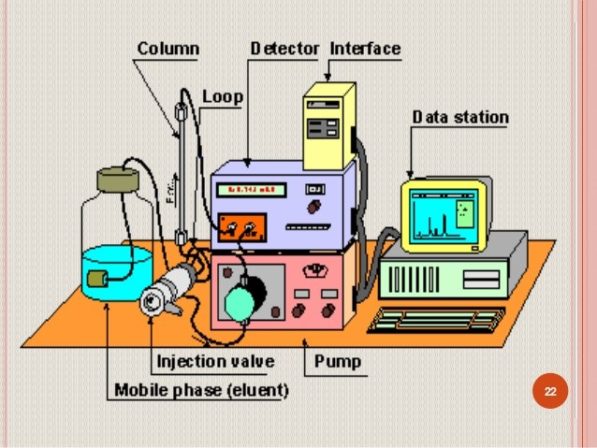
- Pump
A pump does as its name suggests, it pumps out the mobile phase from the solvent reservoir and pushes it through the instrument’s column and the detector.
- Sample Injector
The sample that needs to be separated is injected using the injector. The injector can be a manual injection or an automated injection system. The optimum value for the injection of the sample is about 0.1-100 ml of volume under atmospheric pressure.
- Columns
Columns are where the actual separation takes place. Columns are made up of stainless steel and are about 50 to 300 mm long. Their interior diameter ranges from 2 to 5 mm. The stationary phase particles that are present in the column are about 3–10 µmin size.
- Detector
The HPLC detector can be found at the end of the column. Its job is to detect the analytes as they get eluted from the column. Commonly used detectors are electrochemical detectors, UV-spectroscopy, fluorescence detectors and mass-spectrometric.
- Data Collection Devices
The signals imparted by the detector need to be collected and analyzed for results. This job of the collection is done by either electronic integrators or chart recorders. The display system which is a computer then finally integrates the detector response and presents an easy to read data which can then be interpreted.
Applications
HPLC applications range from industrial to scientific. It is used for both qualitative as well as quantitative analyses. Normal phase HPLC is hardly used anymore because Reverse phase HPLC allows all different kinds of separation to be performed. HPLC can be used for various different applications like, for molecular weight determination, pharmaceutical and drug science, clinical sciences, forensics, food technology, environmental chemistry, and analytical chemistry.
Pharmaceutical Applications
- Controlling drug stability
- Tablet dissolution and dosage study
- Quality control
Environmental Applications
- Phenolic compound detection in drinking water
- Bio-monitoring of various pollutants
Forensic Applications
- Drug quantification in bio-samples such as blood
- Drug identification, detection of steroids
- Forensic analysis of textile dyes
Clinical Test applications
- Antibiotic identification
- Urine analysis
- Quantification of bilirubin, biliverdin in case of hepatic disorders
- Detection of endogenous Neuropeptides in the extracellular fluid of the brain







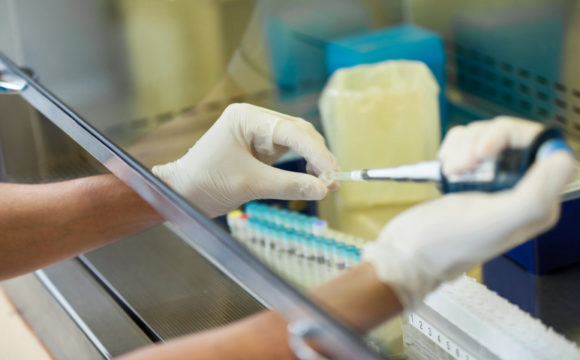
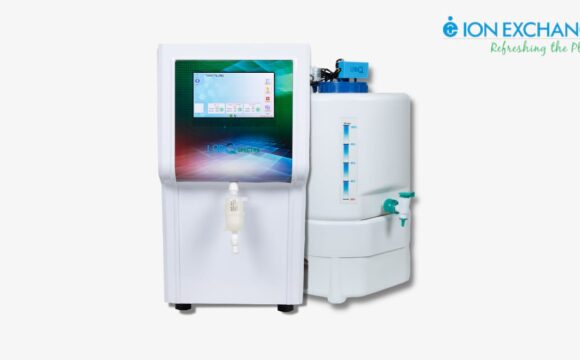

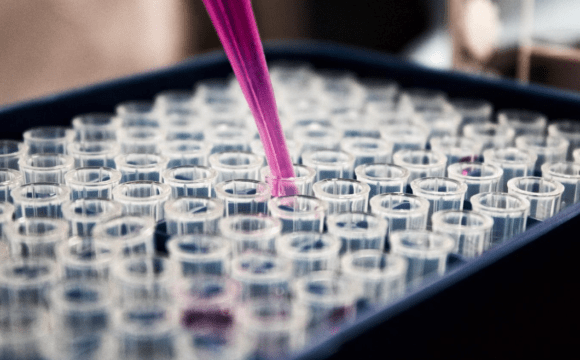
Hey, Thanks for sharing this wonderful information about High-performance Liquid Chromatography. Keep Sharing these types of articles.